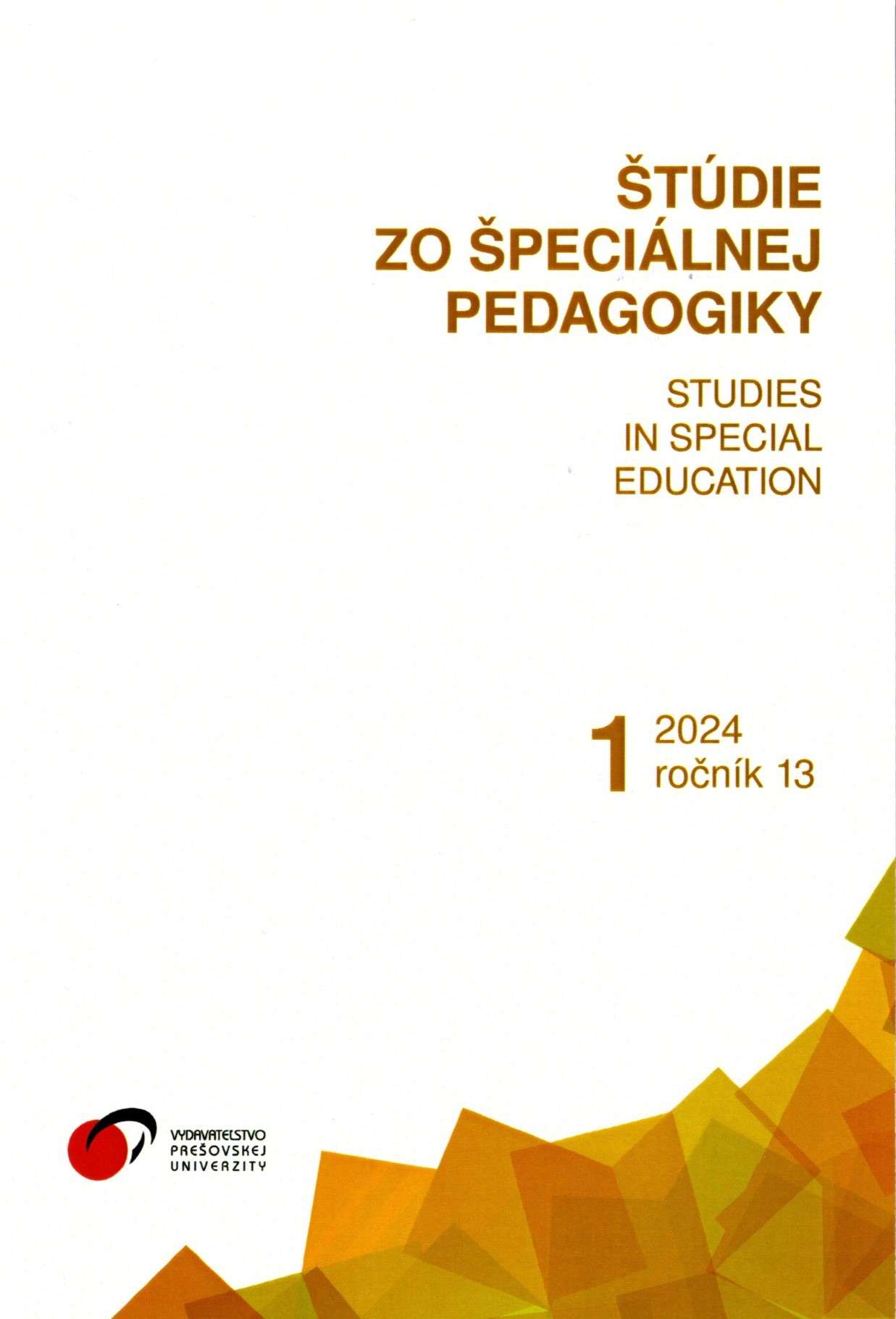Posunkový jazyk v procese rozvoja komunikačnej kompetencie detí s autizmom
Sign language in the process of developing communicative competence of children with autism
Author(s): Ivana Trellová, Martina SáričkováSubject(s): Social Sciences, Education, Psychology, Preschool education, School education, Inclusive Education / Inclusion, Pedagogy
Published by: Vydavateľstvo Prešovskej univerzity v Prešove
Keywords: autism; alternative and augmentative communication; sign language; verbal behavior;
Summary/Abstract: A common feature of children with autism is the absence or impairment of spoken language, particularly at the semantic and pragmatic levels of speech. When spoken language is insufficient,it is replaced by various forms of alternative communication. For children with autism, the most commonly used is the picture exchange system or sign language, although both forms of AAC have their advantages and disadvantages. This paper presents the results of using sign language with a boywith autism who lacks spoken language. The paper describes the benefits of using sign language andthe process of acquiring communication skills in the areas of mands, tacts and vocal imitation. Theresults show that the use of sign language does not stop the development of spoken language. At thesame time, it provides the child with an effective way of expressing his or her needs and wishes.A common feature of children with autism is the absence or impairment of spoken language, particularly at the semantic and pragmatic levels of speech. When spoken language is insufficient, it is replaced by various forms of alternative communication. For children with autism, the most commonly used is the picture exchange system or sign language, although both forms of AAC have their advantages and disadvantages. This paper presents the results of using sign language with a boy with autism who lacks spoken language. The paper describes the benefits of using sign language and the process of acquiring communication skills in the areas of mands, tacts and vocal imitation. Theresults show that the use of sign language does not stop the development of spoken language. At the same time, it provides the child with an effective way of expressing his or her needs and wishes.
Journal: Štúdie zo špeciálnej pedagogiky
- Issue Year: 13/2024
- Issue No: 1
- Page Range: 88-100
- Page Count: 13
- Language: Slovak

